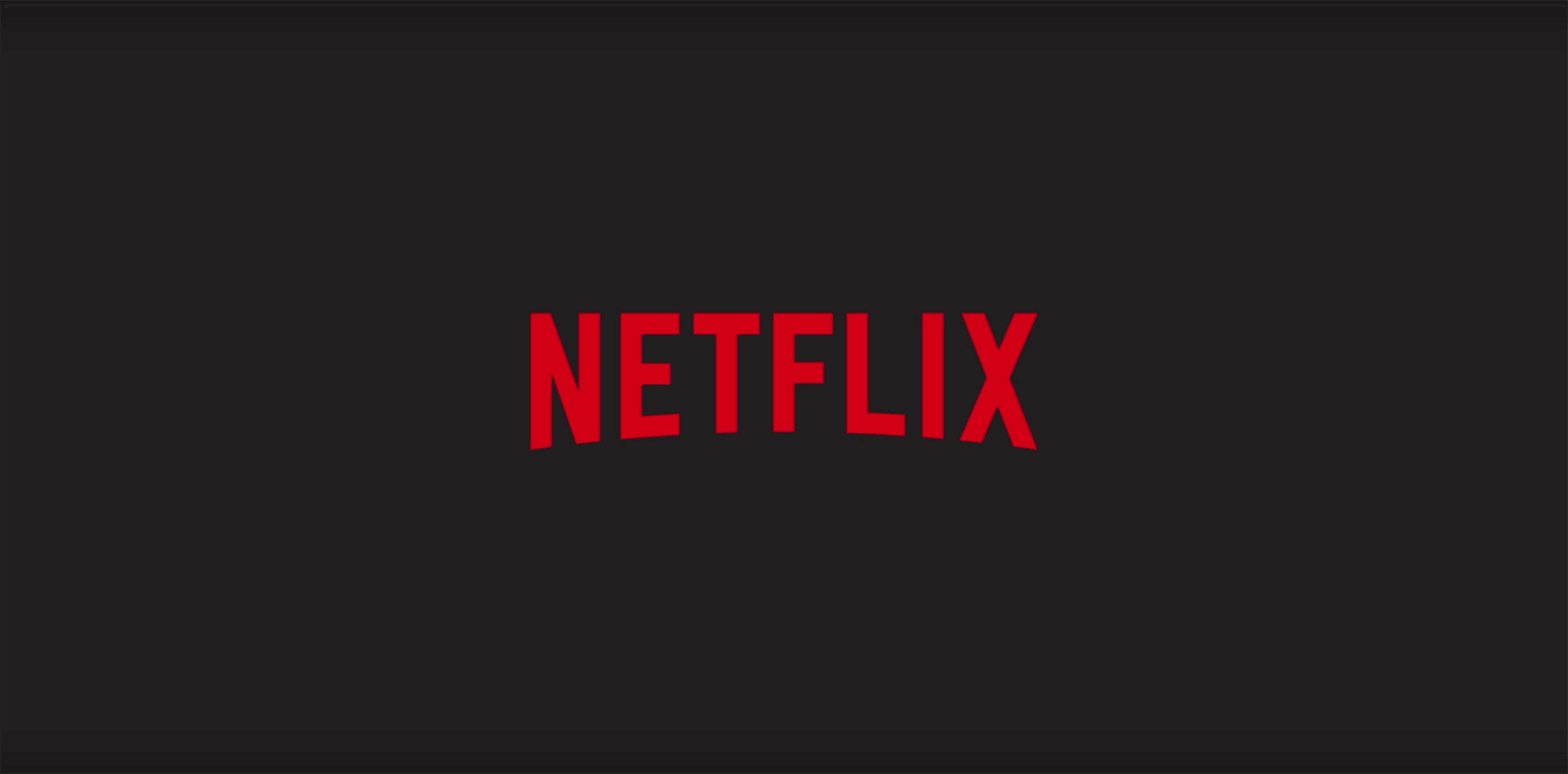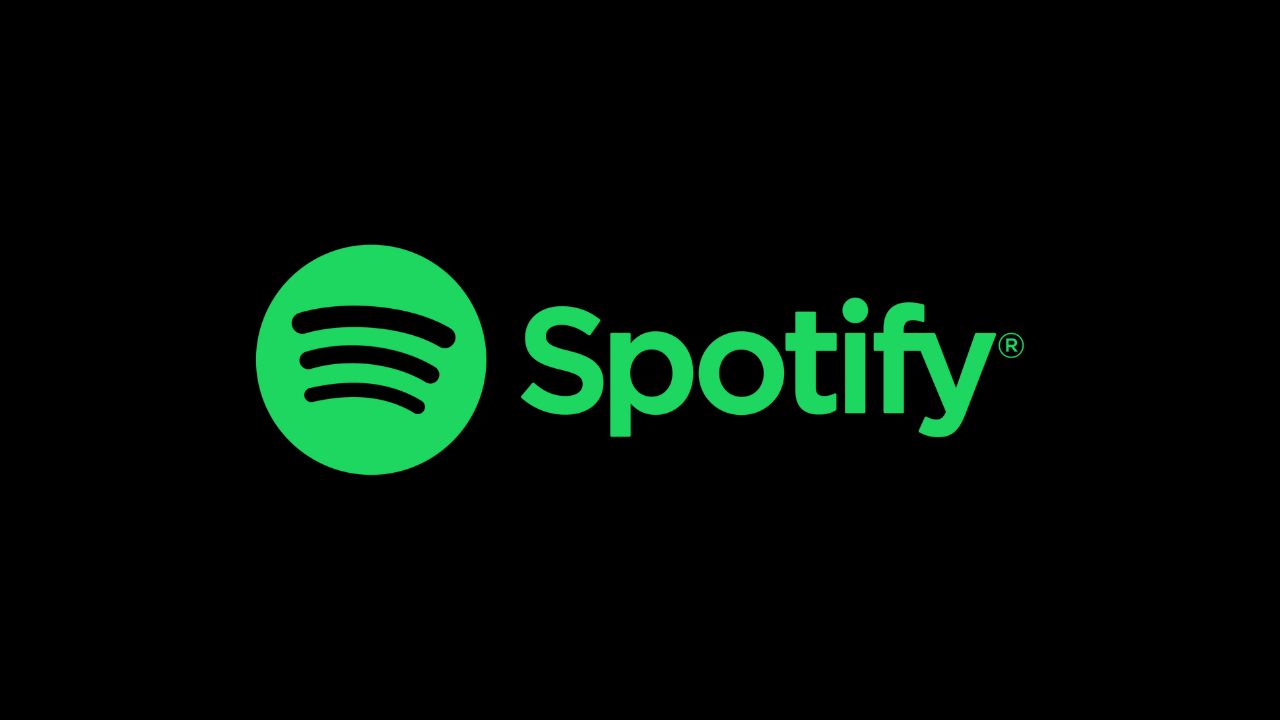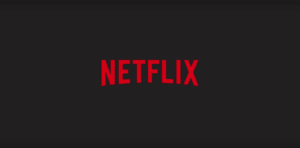
Netflix is one of the most successful mass-media companies of all times. It originally started in 1998 as a small DVD rental business to one of the main video content creators and distributors in the world with thousands of millions of subscribers, changing the established landscape of movie and TV entertainment forever. Netflix converted to streaming, it has become the worlds ninth largest internet company by revenue. Through Netflix’s business model, its successful startup and the rapid changes in technology over time, it has changed its business model and added new innovations in the following ways:
REVENUE
Instead of a paid rent to a single DVD model, Netflix rented subscription. You could rent as many DVDs as you wanted for a month for a flat fee. In addition, there were no due dates to return the DVDs and hence no late fees, which was unlike the traditional renting business. It went from renting DVDs to a subscription-based model. It faced an initial competition by Blockbuster, which refused to buy Netflix. However, ironically, in a few years Blockbuster went bankrupt.
Netflix was also hit hard by the dot com bubble, where tech companies went bust and stocks started falling. It had to fire 2/3 of its employees to stay afloat. However in 2002, its growth resumed and the company went public.

CHANNEL
Netflix was much ahead of its time. It had the idea for the delivery of a product through infrastructure not ready at the time. They knew that video-on-demand services are the future, however the internet speed at the time did not support high-quality streaming. As DVD sales started reducing and video on demand services started increasing, Netflix not only started offering streaming services through the internet, what was the 1st to make content available on all devices – PC, tablet, smartphone and smart TV.
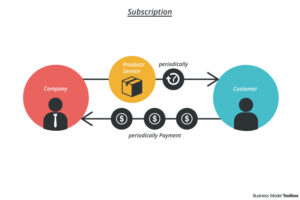
CREATION OF ORIGINAL CONTENT
More and more companies started shifting to a subscription-based model competition started growing. Netflix invested in series and movie creation by a) acquiring independent creators, or b) creating in-house content. Thus, by adding a new key activity to its business model Netflix underway vertical integration, that is, to own several parts of its value chain. They create as well as distribute shows.
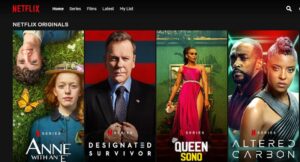
VALUE PROPOSITION
This is an element which has helped Netflix to become as popular as it is today. Firstly, their video recommendation algorithm is very robust in attempts to suggest new videos based on many criteria. Secondly, Netflix started releasing entire seasons of original shows at once without making you wait, opposed to traditional TV. It can do this because it does not rely on advertising its revenue. This allows people to binge watch without any advertisements or waiting time. This has been a major reason for people to shift from linear TV to on-demand videos.
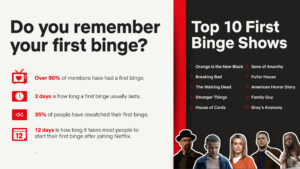
POTENTIAL
Right now, Netflix faces competition from movie theatres which make money on exclusive release of new films. This has caused resistance from the industry, for example, Netflix movies cannot compete in the Cannes Film Festival. However, movie experience at the cinema is different from one at home on an OTT platform such as Netflix. The question is, will Netflix acquire and create its own movie theatre experience?
PARTNERSHIPS
Netflix has partnered with smart TV companies like LG and Sony to capture new emerging markets. It has also set an alliance with Wii, X-Box, PlayStation and many other brands in the gaming industry in order to build partnerships to provide and cater its “gamer-clients” with an entertainment video game. Seeing the increasing popularity of Japanese anime, Netflix has ramped up its expansion into anime originals by partnering with six Japanese anime creators. Moreover, it has also established a partnership with Apple, android and Microsoft. Finally, it has joined the network of big data providers such as Google and Amazon.
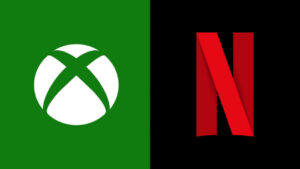
CUSTOMER RELATIONSHIPS
The Netflix platform is easy to use and simple. Users have the option to op-in to a live chat session with a Netflix representative to request for discounts and any other special promotional deals and enquiries. Netflix also uses social media handles to keep its users updated about the various shows and deals available.
ALGORITHM
An important building block of creating such an exponential business was Netflix’s algorithm. By gaining more insight into the customers preferences and creating a community of fans with fitting content for everyone, Netflix made us experience much better. It understood way better than its competitors what the customers would like next and acted upon this. For example, House of Cards was the first big Netflix original film that was made, and Netflix signed up for two seasons knowing that the series would become a hit based on their data. They rolled out a new recommendation algorithm that knows which image will make the audience click play. For example, when you have watched mostly comedy movies in the past, Netflix is likely to show you an image of a funny character in the movie.

COMPETITION
Netflix faces severe rivalry from Amazon prime, HBO now, Disney, Hulu, etc, which are well known in the market. However, Netflix already has the advantage of a high number of subscribers as a first mover to online streaming which cannot be outperformed easily by any competitor. Currently, Netflix is the most popular OTT platform in the US and many other countries. However, in some nations, online streaming provides free of cost and low prices.

Thus, some of Netflix’s strengths are its high brand equity and value associated, global presence and 200 million subscribers, diversity in streaming programmes as well as its flexibility in content and personalised services. The growing demand for online video streaming services provides a perfect opportunity for its growt and for it to expand products such as video games, and explore new areas such as AR/VR. However its reliance on third-party production houses, lack of price differentiation, and increased competition with existing OTT platforms, free video sites as well as cinemas proves as a threat.
It is advisable for Netflix to adopt a dynamic pricing strategy based on the prices offered by its competitors so that it will be able to maintain such avenues along with its customer base. It should also make changes in its business model because it can easily be replicated by any other online streaming platform. Lastly, it should decrease the portion of third party dependents and focus on its original content which cannot be easily replicated by competitors.
Other related Articles:
Business model of Netflix ~ Business Plan, Revenue Model, SWOT Analysis

